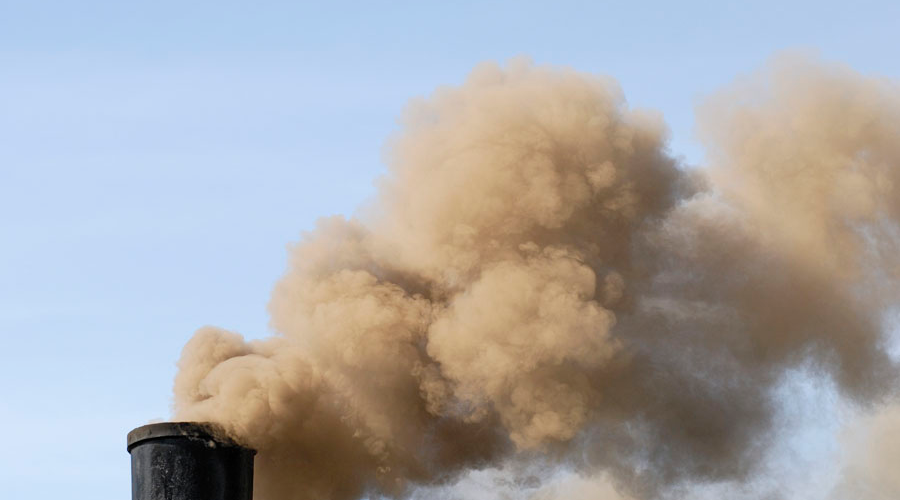New research presented this week at APHA’s 2017 Annual Meeting and Expo examined the burden of air pollution and its association with mortality in Chinese cities. The study by researchers at Drexel University Dornsife School of Public Health showed a significant correlation between higher air quality index concentrations and higher mortality rates. The study is the first to provide strong evidence of the burden of air pollution in major Chinese cities, as well as the impacts of air quality and climate change on urban population mortality.
Study authors examined daily air quality data from more than 100 cities in China between 2012 and 2015 and compared the data with mortality numbers available from the Chinese Center for Disease Control and Prevention. Air quality was measured with the air quality index, a pollution yardstick that includes ground-level ozone, particle pollution, carbon monoxide, sulfur dioxide and nitrogen dioxide. A higher air quality index value indicates a greater amount of pollution.
When researchers compared higher air quality index valued cities with mortality rates, they found that the two measures were significantly correlated. They also confirmed that cities with lower air quality index values had lower mortality rates. This correlation remained significant after researchers adjusted for covariates. Significantly, more than 5 percent of the variation in all-cause mortality could be explained by the difference in air quality index across China.
“Our research shows that air pollution is not just significantly linked to health problems like cardiovascular disease, diabetes and asthma, but also to a significantly higher rate of death,” said Longjian Liu, MD, PhD, MSc, who presented the study and serves as a visiting associate professor at Harvard University T.H. Chan School of Public Health and associate professor at Drexel University Dornsife School of Public Health. “People living in cities across the globe need to know how air pollution can harm them long term. They are the ones who will pay the price of poor air quality if action isn’t taken to clean up their air.”
The study observed that the monthly average air quality index of cities differed significantly by temperature, with the highest air quality index values occurring in winter and the lowest in summer. The study also showed significant geographic clustering of cities by air quality index, with the highest values in northern cities and the lowest in southeast China.
Researchers also found that heat index, precipitation and sunshine hours were negatively associated with air quality index.
This research will be presented during the APHA Annual Meeting on Monday, Nov. 6, at 2:30 p.m. during session 3387.0: Climate Change and Global Health 1.
About the APHA Annual Meeting:
APHA’s 145th Annual Meeting is themed “Creating the Healthiest Nation: Climate Changes Health.” The meeting will focus on climate change’s impacts today and how it undeniably poses many risks to our health, making it the greatest public health challenge. The annual meeting is the single largest annual gathering of public health professionals and features more than a thousand presentations on the latest research and newest thinking in the public health field.
About APHA:
APHA champions the health of all people and all communities. We strengthen the public health profession. We speak out for public health issues and policies backed by science. We are the only organization that combines a 145-year perspective, a broad-based member community and the ability to influence federal policy to improve the public’s health. Visit us at www.apha.org.






